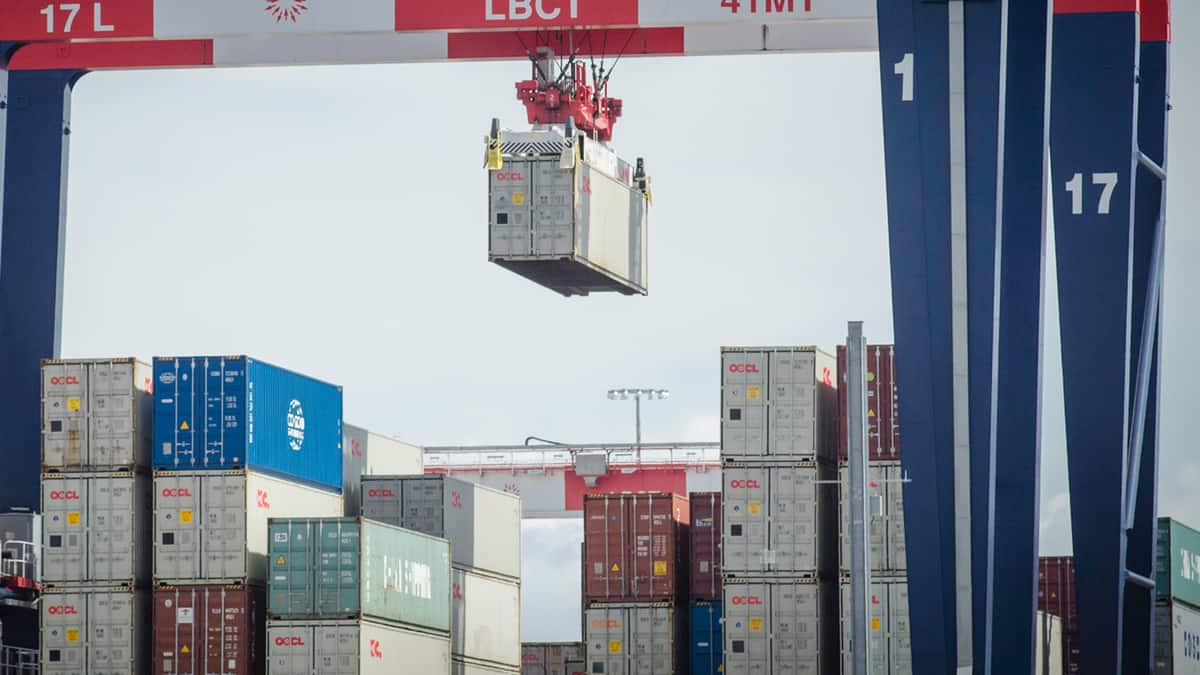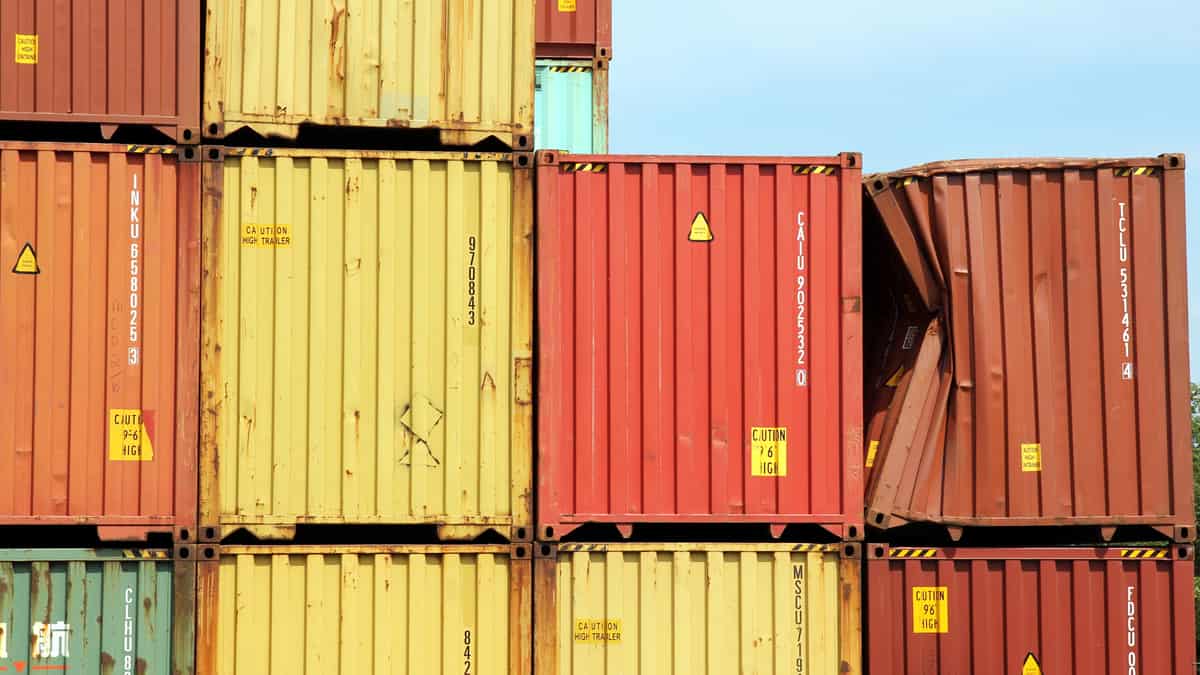The views expressed here are solely those of the author and do not necessarily represent the views of FreightWaves or its affiliates.
It is a common saying that a chain is only as strong as its weakest link. But that phrase presupposes one very important thing – the other links are perfect. If two or more links are not 100% reliable then the chain is even weaker than the weakest link. How can that be? If every link is 100% reliable but the one weak link is, say, 80% reliable then the chain itself is 80% reliable. This means it has a 20% chance of breaking. So far so good. However, if two of the links are 80% reliable, the reliability of the chain is only 0.8 x 0.8 = 0.64 or 64% reliable. Thus, the likelihood of the chain breaking rises from 20% to 36%. Consider that a system of 100 independent parts, each of which is 99% reliable, is only 37% reliable.
The point is that imperfections over two or more independent parts/nodes/organizations/etc. are magnified over the whole system. The more independent parts there are to a system the more vulnerable the system is to failure. How can this problem be overcome? The answer is to build in redundancies. Basically, it is about not keeping all your eggs in one basket. It is about having a plan B in place when a shock to plan A occurs. Global supply chain managers working to re-adjust their vendor partnerships from one country to another are, in effect, implementing redundancies.

Just like presupposing that most links in a chain are 100% reliable, there is a danger when businesses pre-suppose that risk does not rise when items are shipped over longer distances and from different countries. For example, a good relationship with an international carrier is put to the test when considering all the external logistical events that can impact a shipment in transit. Likewise, a good relationship with a vendor in another country can be strained given all the external political and economic events that can impact that country. In other words, relationships are not on a level playing field when these external events alter the rules of the game. Risks from exchange rate fluctuations and different legal systems are two prominent examples.
Bloomberg News recently reported that Taiwan-based Wistron Corp. is preparing to move half of its manufacturing capacity out of China over the next year. Apart from the U.S.-China trade war, the COVID-19 pandemic was the final straw. Wistron partners with Apple Inc. in making its iPhones. One possibility it is considering is moving capacity to India, where it is already making some iPhone components. Other choices for Wistron are Vietnam and Mexico. Pegatron, another Taiwan-based partner of Apple, is already moving production out of China to Vietnam. Still, these companies are not completely abandoning China due to its reliable labor supply and large domestic market. They are simply building alternative supply paths should one of them be impacted.

The intent here is not to make a case against global supply chains; rather, it is to say that the longer the physical distance and the more international borders the supply chain crosses the more important redundancies become. What if a link that was 80% reliable had a back-up link that was also 80% reliable? This means that if/when the first link fails (which is expected 20% of the time), the back-up link will be used. This link’s 80% reliability is expected to be needed 20% of the time. So, the first link’s reliability is, in effect, topped-up by 0.8 x 0.2 = 0.16 or 16%. As noted above, given that a system of two links is only 64% reliable when each is 80% reliable, if both had a back-up link of equal reliability the system reliability would rise to 0.96 x 0.96 = 0.92 or 92%. Is this increase in reliability worth the extra cost and maintenance of back-ups? In other words, what is an acceptable level of supply chain risk? This is what global supply chain managers need to grapple with as they devise a plan B.
Risk is often assessed in terms of probabilities. The probabilities themselves are often calculated under the assumption of a bell-shaped (i.e., normal) distribution. This distribution assumes that extreme events are not likely. But, as the COVID-19 pandemic has demonstrated, “black swan” events are possible? These are events that are rare, highly impactful and, most importantly, seemingly obvious only after they have come to pass. This third point is a clue as to how to deal with them. Again, it all comes back to building in redundancies. How much money and time devoted to building them should be commensurate with the level of risk assessed by the business.

What is fortunate for the electronics manufacturers is that their largest customers (e.g., Apple and Microsoft) are sitting on more than $100 billion in ready cash and offer products that are in high demand whether the user is on-the-job or sheltering-in-place. These large companies are resilient; but it is their upstream supply chain partners that are the weaker links in the process of customer fulfilment. Also, their intermediaries in the transportation industry are necessarily forced to adjust their routes, capacity and freight rates as global supply chains re-calibrate to a different relationship with China and Far East Asia in general. Re-adjusted port activities will lead to bottlenecks as containers are cleared to meet pent-up consumer demand. Airports and land borders may see similar problems. Basically, all links in a supply chain do not shut down and turn back on at the same time. Inevitably, the faster links will cause bottlenecks at the slower ones. In the short run all links will be under stress.










